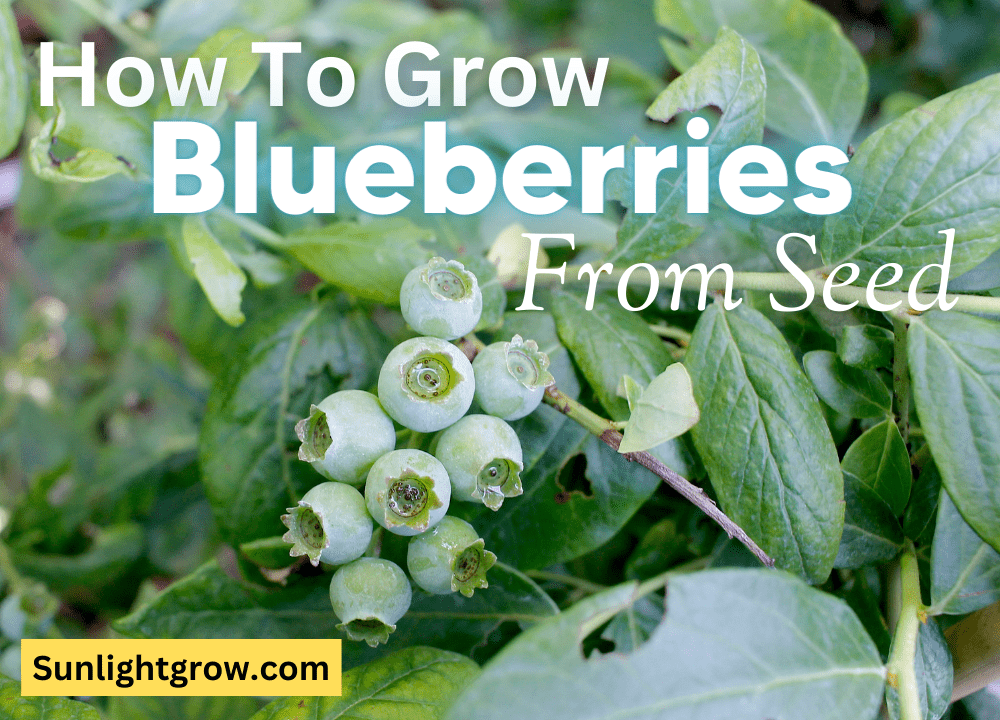
Learning how to grow blueberries from seeds can be a fun and rewarding activity.
The juicy, sweet, & slightly-tangy flavor of blueberries is best experienced fresh.
Packed with vitamin C, blueberries are great for smoothies and make for tasty refreshments.
One of the best things about blueberry plants is that they’re perennials. Once you grow your blueberry bush, they can keep producing fruit long-term.
In this post, I’m going to show you how to grow blueberries from seeds! Even if you’re short on growing space, you can have a thriving stash of blueberries that keeps you nourished.
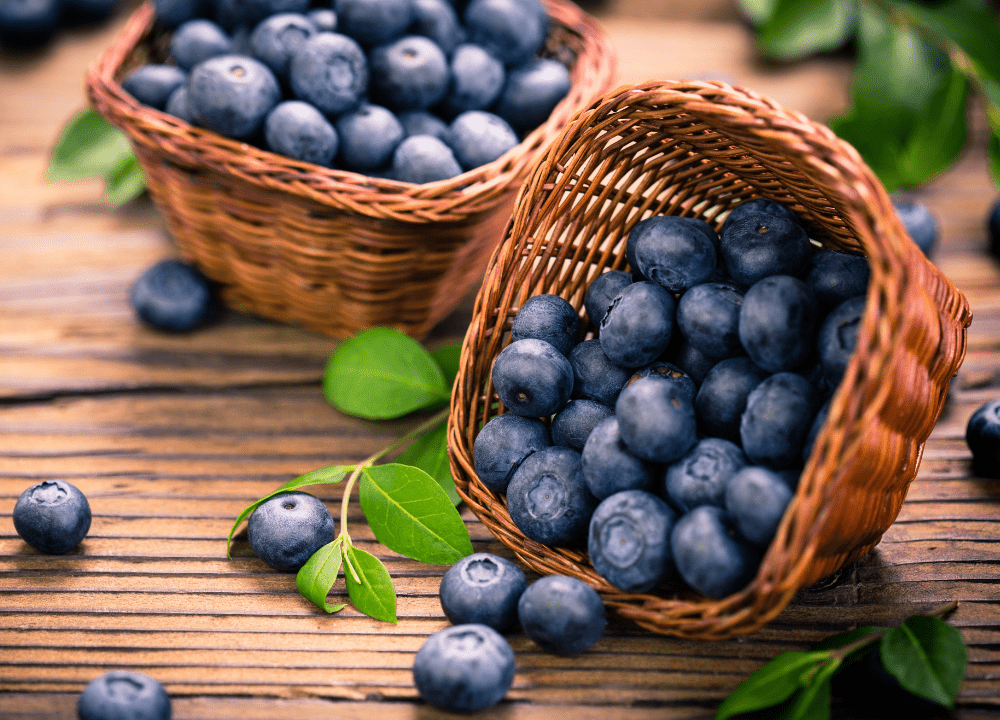
How To Grow Blueberries From Seeds
Select A Space
The first step to growing blueberries from seed would be to find an area that gets lots of sunlight.
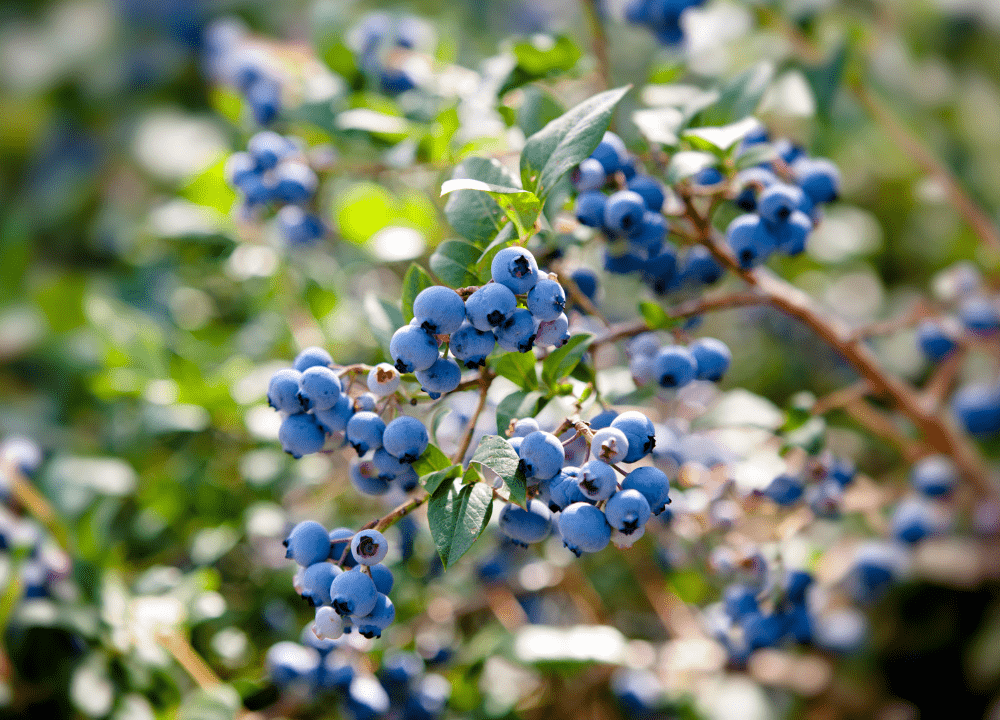
You’ll want to choose an area that receives at least 8 hours of sunlight per day.
Get The Right Soil
Having acidic soil with a pH of 4.5 – 5.5 is preferred. You can add elemental sulfur to lower the soil pH if it’s above that range.
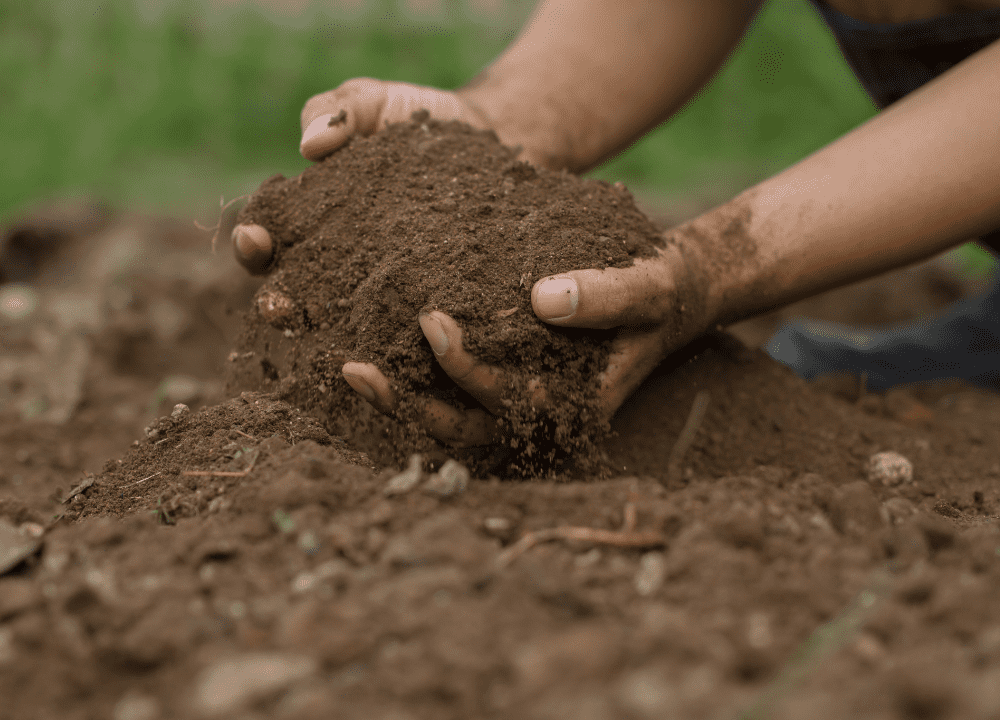
Best Blueberry Seeds To Grow
Common types of blueberry varieties include:
- Rabbiteye – Best grown in spring/summer seasons.
- Southern Highbush – Can tolerate cooler seasons more. Bloom in early spring.
- Half-Bush – Hybrid of high and low bush. Tolerates cold weather.
- Northern Highbush – Grow abundant blueberries. Suitable for cooler climates.
Growing at least two varieties of blueberries in the same space will help give you more yield. This is because of cross-pollination.
Even if the blueberry is self-fruitful, you’ll get more fruit cross-pollinating.
Gather Your Seeds
The first step to growing blueberries would be to have high-quality seeds.
Organic is always best, but you can either purchase the seeds or extract them from fresh berries. Purchasing seeds is easier and will save you time.
If extracting, you’ll want to clean and dry the seeds, then soak them in sand for 90 days in a refrigerator. This helps the germinating process.
How To Plant Blueberry Seeds
If purchasing seedlings, you should plant them right away.
If growing seeds, wait until the seedlings are at least 10cm – 15cm in height before transplanting.
The soil you plant blueberry seeds in should be well-drained with organic matter(at least 3%). Dig a hole in the soil that’s 12 inches deep(or at least the depth of the container the plant came in).
You can use cover crops before planting blueberry seeds to increase organic matter content. Performing annual mulching can also add organic matter.
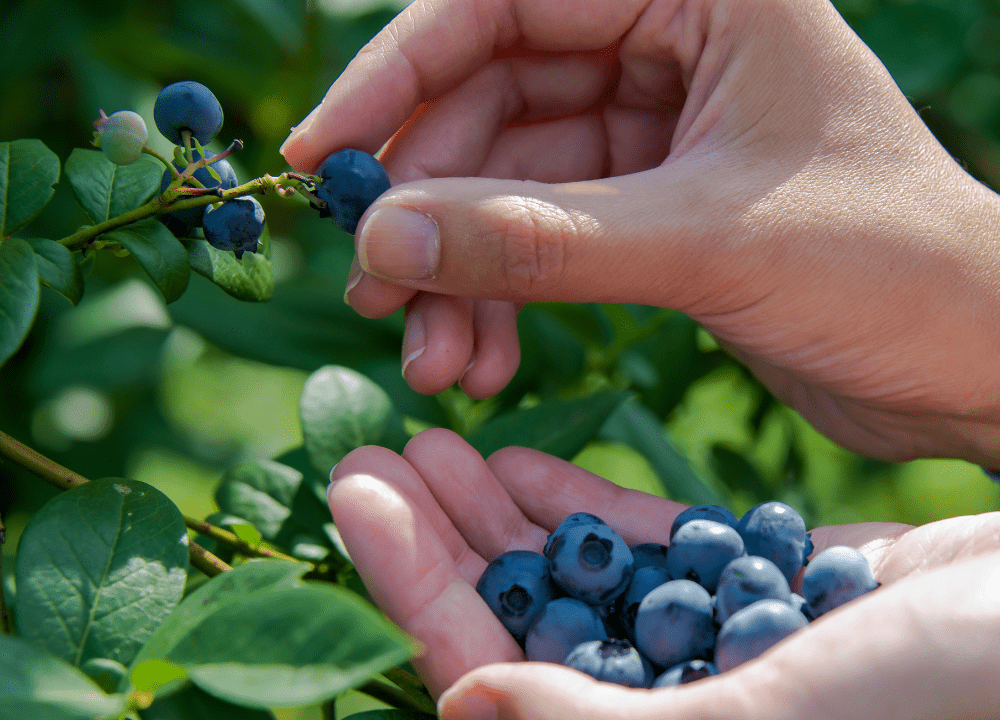
It’s best to plant blueberry seeds after the last spring frost, or mid-October for cooler seasoned varieties.
Keep the soil consistently moist and provide full sunlight. You should plant the blueberry seeds at least 3 – 5ft apart.
Highbush varieties require 6 – 8ft of spacing within the row, and 10ft of spacing between rows.
Adding 3 – 5 inches of thick sawdust, wood, or leaves, will help prevent weeds. Fertilizer should be applied 6 inches around the plant’s base(soil should be tested first).
Train and prune the plants to encourage healthy growth and fruit production.
